In this document Guy Fawkes describes how he was recruited into the famous Gunpowder Plot of 1605 while serving as a soldier in the Low Countries. It makes clear what the plotters' motives were and what they intended to do.
Fawkes, who goes by the Italian name of Guido, was fighting for the Spanish army in Flanders and was known to be an explosives expert.
Transcript:
The Declaration of Guy Fawkes taken the
9 of November and subscribed by him the 10th day
acknowledged l -- re the lordes ansswers
A Thomas Winter came over into the Lowecountries unto this
Examinate about Easter was twelve monethe, Exprisly to
break with him about some Course to be taken for the advauncement
of the Catholike Religion, which they did communicate to Owen
at the camp before ^Ostend^ and three weekes after this Examinate Came
into England in Company of the said Wright, by whose
meanes he was made acquainted with Thomas Persy, Robert
Catesby and John Wright.
B They five did meete at a Howse in the fieldes beyond
St Clements Inn; where they did Conferr and Agree, upon
the Plott they ment to undertake and put in Execucion;
and there they took a solemme Oath and vowe, by all their
force and Power to Execute the same.
(text omitted)
C The Plott was to blowe up the kinge with all the Nobillity
about him in Parlament.
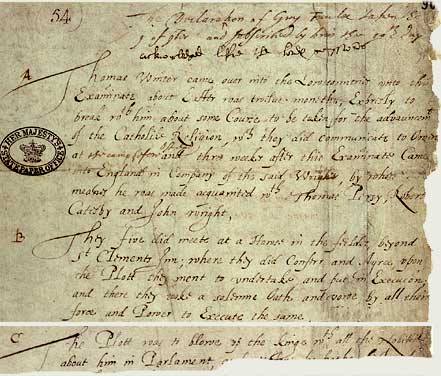


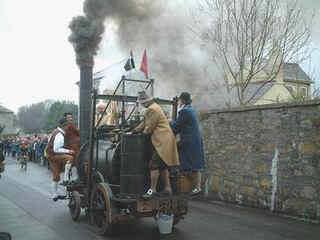
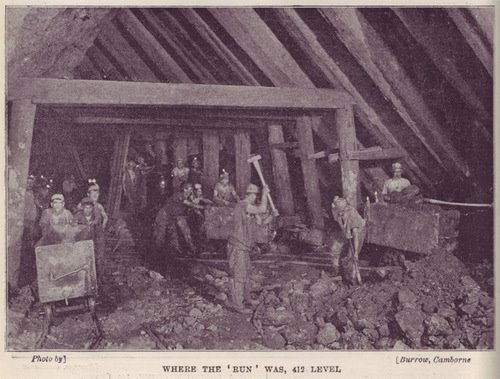
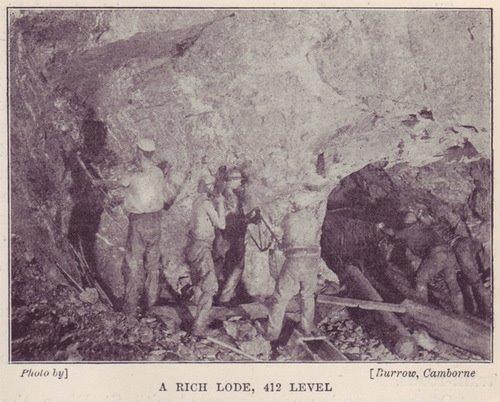
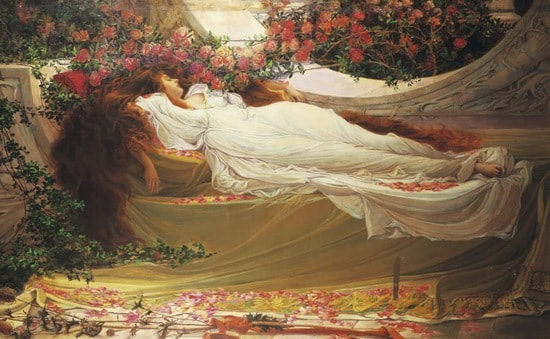
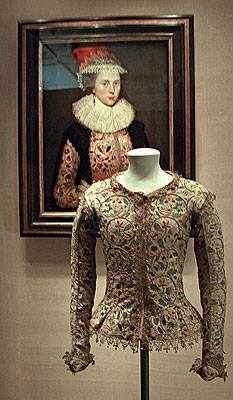
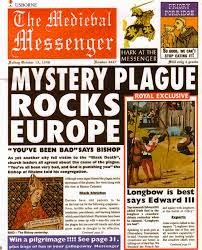
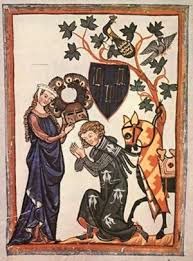
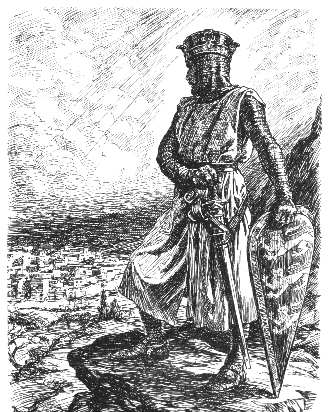
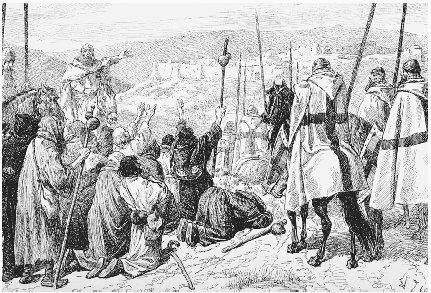
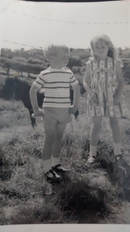
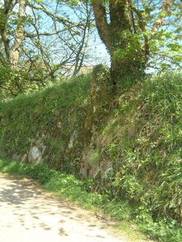



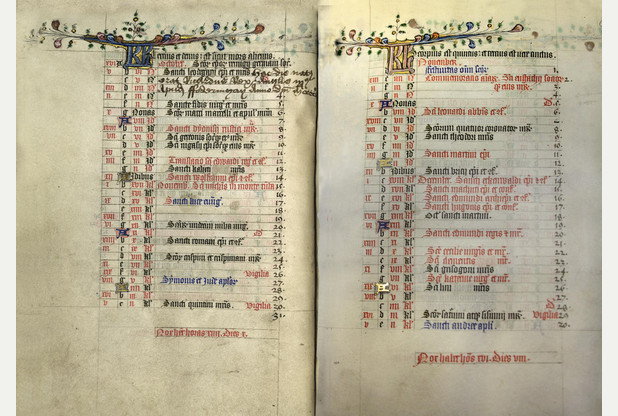

 RSS Feed
RSS Feed
